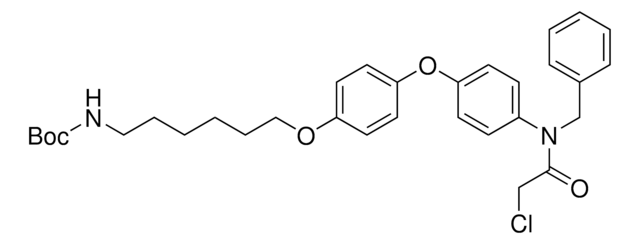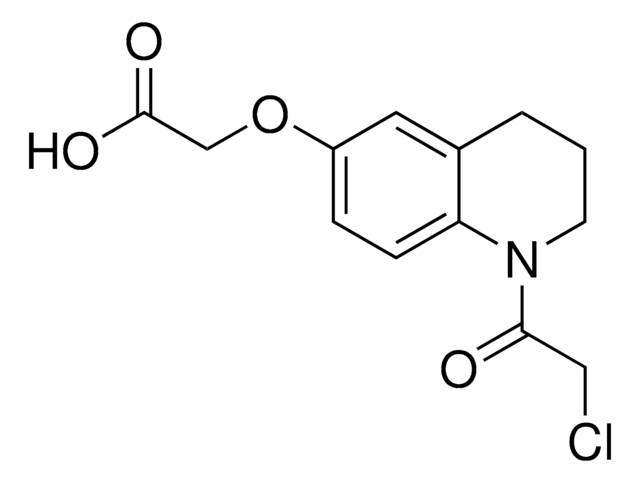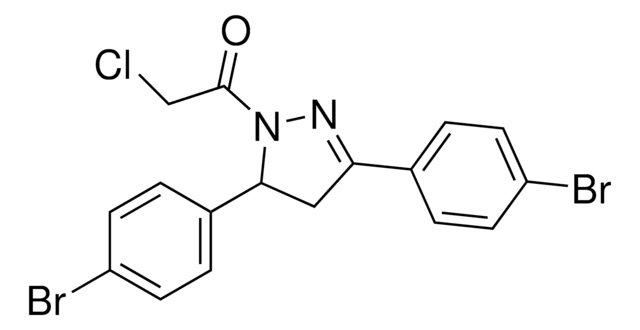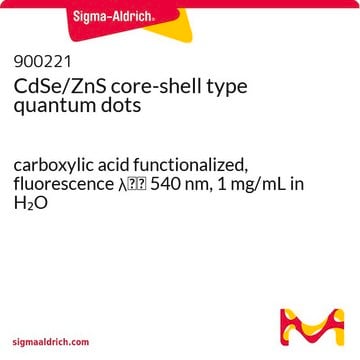919381
CCW16
≥95%
Synonyme(s) :
N-Benzyl-2-chloro-N-(4-(4-methoxyphenoxy)phenyl)acetamide, E3 ubiquitin ligase ligand, Ligand for PROTAC® research, RNF4-targeting ligand
About This Item
Produits recommandés
ligand
CCW16
Niveau de qualité
Essai
≥95%
Forme
powder
Pertinence de la réaction
reagent type: ligand
Groupe fonctionnel
amine
Température de stockage
2-8°C
Chaîne SMILES
COC1=CC=C(OC2=CC=C(N(CC3=CC=CC=C3)C(CCl)=O)C=C2)C=C1
InChI
1S/C22H20ClNO3/c1-26-19-11-13-21(14-12-19)27-20-9-7-18(8-10-20)24(22(25)15-23)16-17-5-3-2-4-6-17/h2-14H,15-16H2,1H3
Clé InChI
DPADEQNOMBTITM-UHFFFAOYSA-N
Catégories apparentées
Application
Autres remarques
Portal: Building PROTAC® Degraders for Targeted Protein Degradation
Covalent Ligand Screening Uncovers a RNF4 E3 Ligase Recruiter for Targeted Protein Degradation Applications
Targeted Protein Degradation by Small Molecules
Small-Molecule PROTACS: New Approaches to Protein Degradation
Targeted Protein Degradation: from Chemical Biology to Drug Discovery
Informations légales
Produit(s) apparenté(s)
Mention d'avertissement
Warning
Mentions de danger
Conseils de prudence
Classification des risques
Aquatic Acute 1 - Aquatic Chronic 1
Code de la classe de stockage
11 - Combustible Solids
Classe de danger pour l'eau (WGK)
WGK 3
Point d'éclair (°F)
Not applicable
Point d'éclair (°C)
Not applicable
Faites votre choix parmi les versions les plus récentes :
Certificats d'analyse (COA)
It looks like we've run into a problem, but you can still download Certificates of Analysis from our Documents section.
Si vous avez besoin d'assistance, veuillez contacter Service Clients
Déjà en possession de ce produit ?
Retrouvez la documentation relative aux produits que vous avez récemment achetés dans la Bibliothèque de documents.
Notre équipe de scientifiques dispose d'une expérience dans tous les secteurs de la recherche, notamment en sciences de la vie, science des matériaux, synthèse chimique, chromatographie, analyse et dans de nombreux autres domaines..
Contacter notre Service technique









